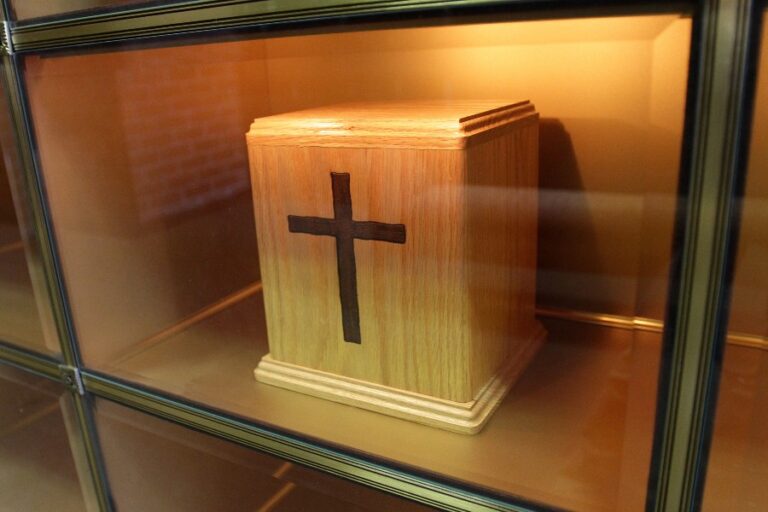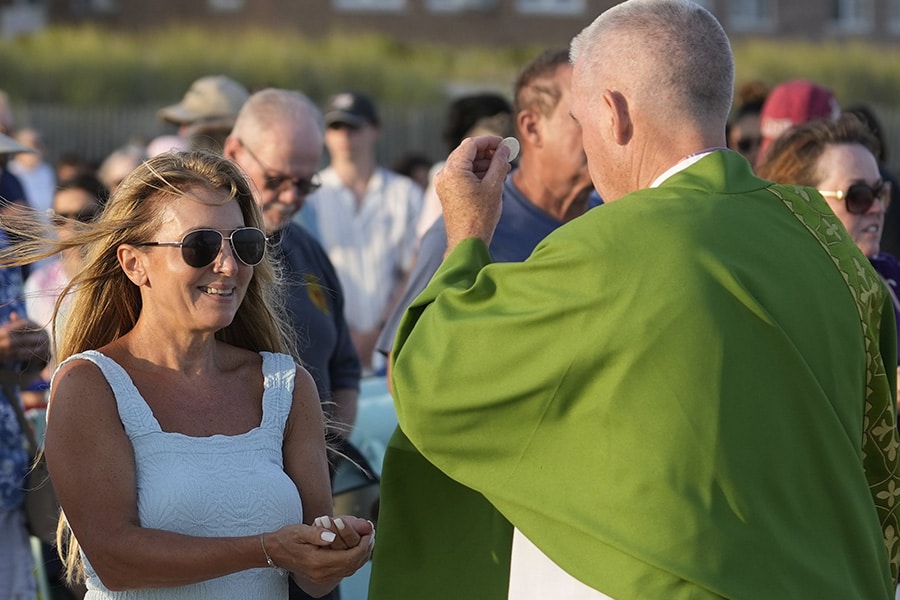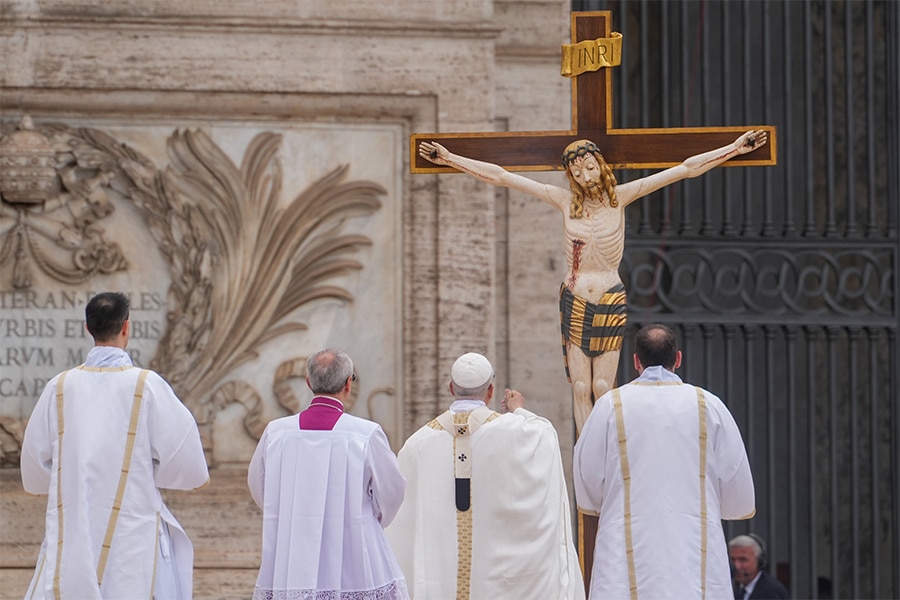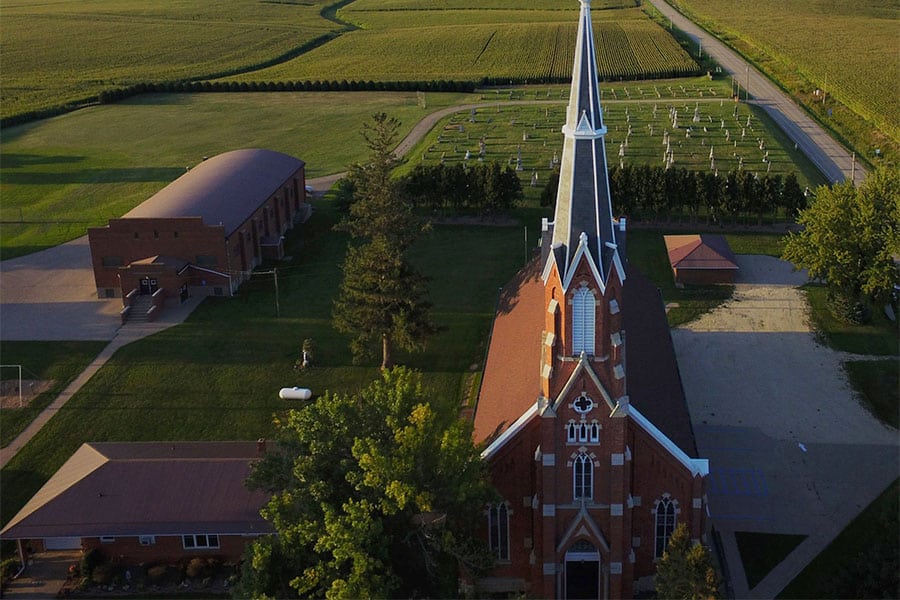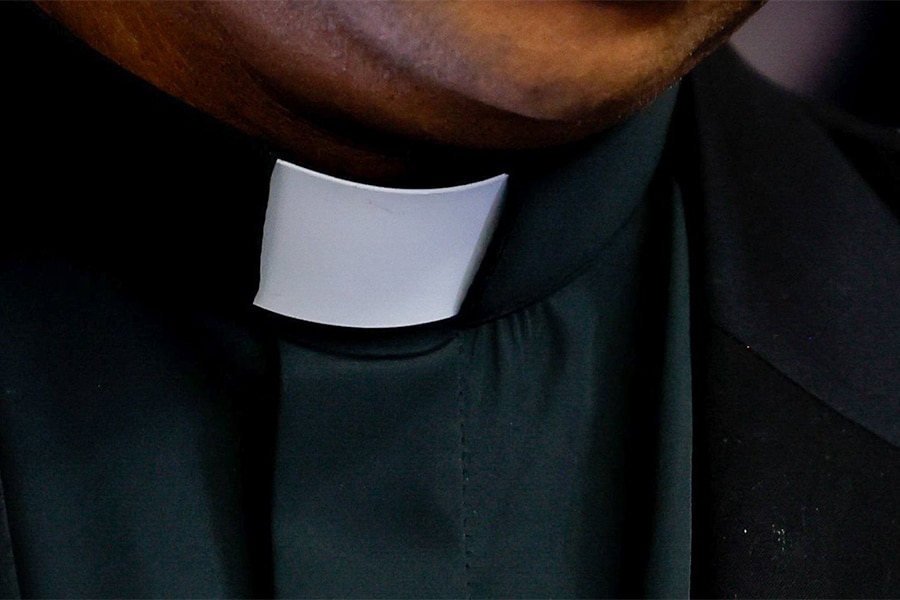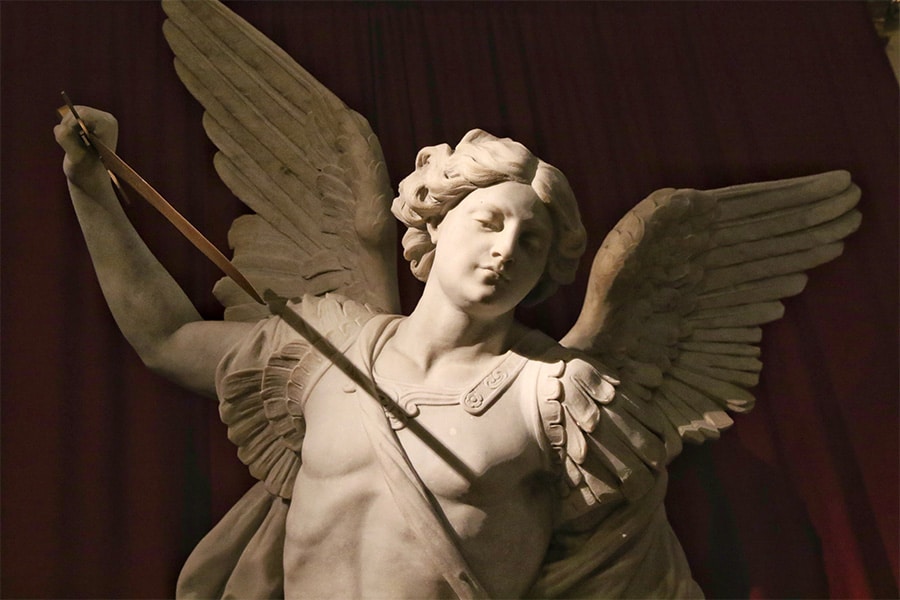Q. As a Catholic, I like to decorate my home with religious art that helps draw my heart and mind to God. At times, I am able to find vintage religious pieces on online auction websites that I can’t find elsewhere.
I noticed recently that some online resellers have items like used chalices and vestments (stoles) for sale. Does it go against church teaching to purchase such items to be used on a home altar for prayer and devotional practices only? (City and state withheld)
A. What you are doing is not only permissible, it is laudable. It pleases me to know that the items you describe will be used once again for devotional purposes. Sometimes people think that, once blessed for religious use, something can never change hands at a reasonable profit. That is incorrect.
What you are purchasing is not the blessing, but the material object. So even chalices or stoles once used in celebrating the Eucharist can be put to later use in the manner you suggest. You are not trafficking in spiritual goods, not committing the sin of simony.
Simon the Magician, in the eighth chapter of the Acts of the Apostles, tried to offer the apostles money so that he could bestow the Holy Spirit by laying his hands on people. That is not what you are doing at all.
Q. I understand that Catholics can’t spread out ashes over the ocean after cremation — and that ashes can only be buried or kept at home. Both my sister and her daughter are Catholics. My sister told me that she has instructed her daughter to use her ashes as fertilizer on plants or trees after cremation. Is this allowed? (Honolulu)
A. This question — and many similar ones that I receive — reflects readers’ continuing fascination with the disposition of bodily remains. You are correct in your understanding — almost!
The church teaches that ashes from cremation should be buried or entombed in sacred ground — but not kept at home! In the church’s mind, cremated remains should be treated with the same reverence as the body of a deceased person.
In 2016, the Vatican issued an instruction regarding burial practices for Catholics. That document specified that either the body or the ashes of the deceased should be buried in sacred ground and that cremains should not be kept in private homes or scattered on land or at sea, nor “preserved in mementoes, pieces of jewelry or other objects.”
Burial in sacred ground, said the Vatican, prevents the deceased from being forgotten and encourages family members and the wider Christian community to remember the deceased and to pray for them.
The church’s Code of Canon Law continues to express a preference for burial over cremation because it more clearly expresses the Christian belief in an eventual resurrection when the person’s body and soul will be reunited. As for using the cremains for fertilizer, that is in no way envisioned in Catholic teaching — or permitted.
More Question Corner
Copyright © 2021 Catholic News Service/U.S. Conference of Catholic Bishops

